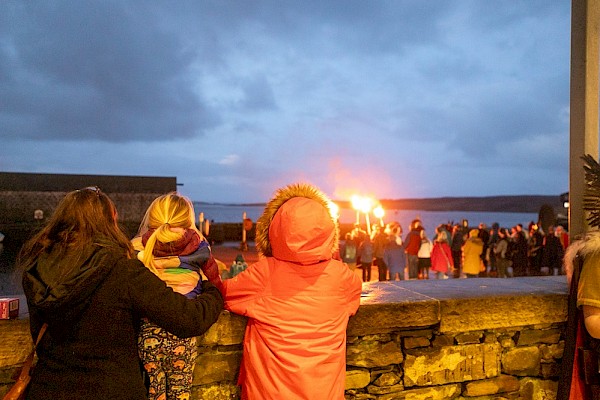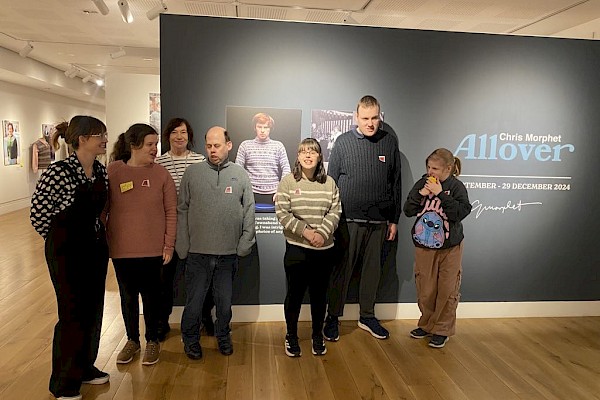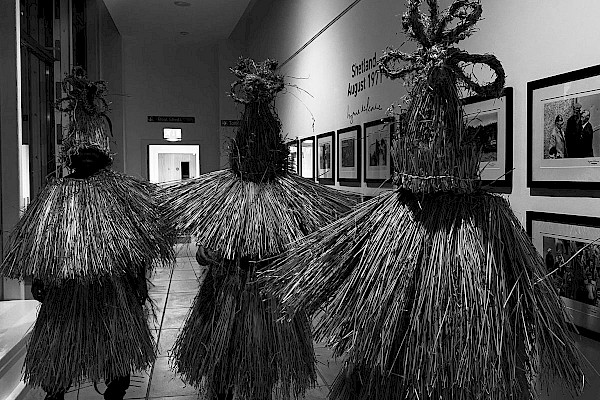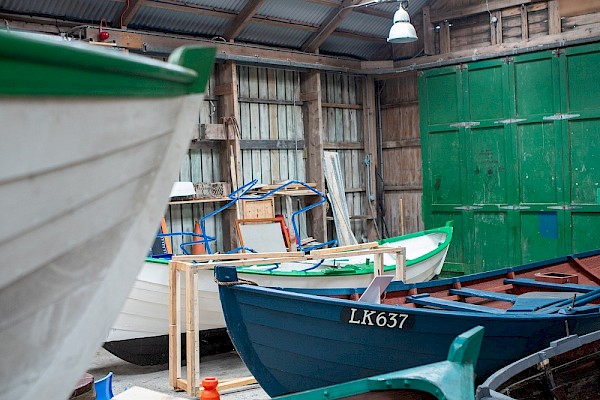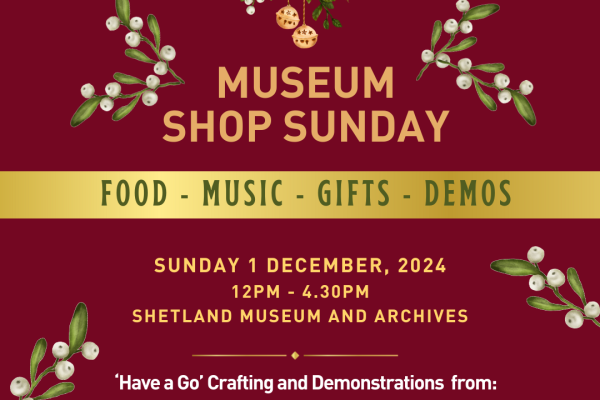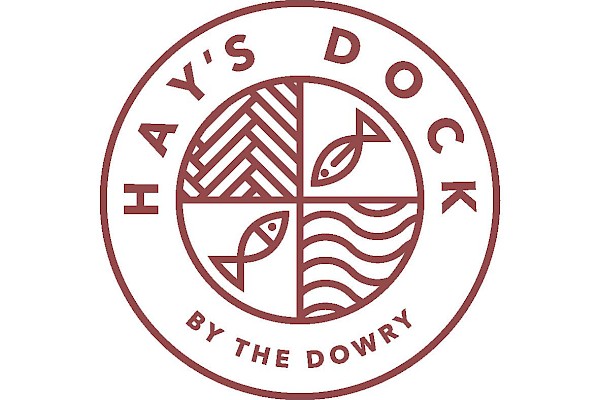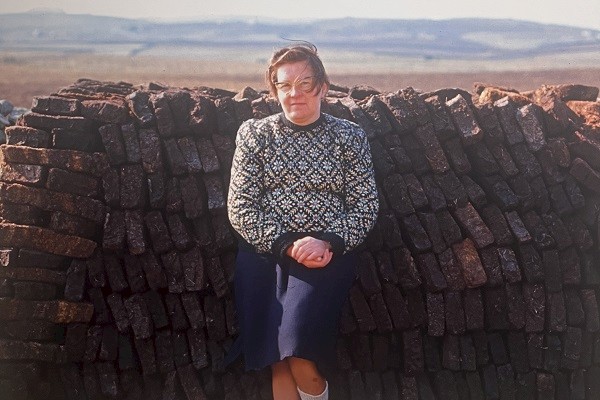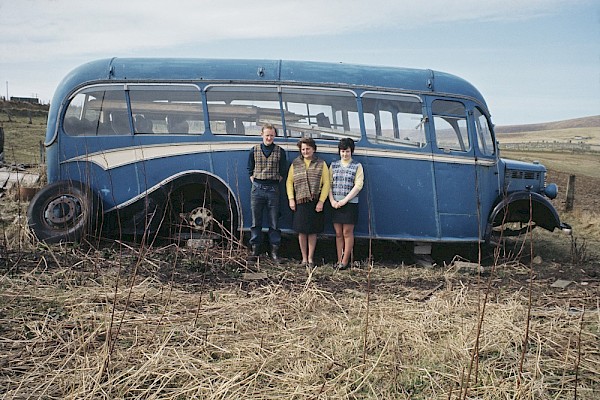Take a Virtual Tour of Fethaland
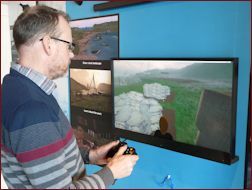 A new interactive visitor experience has been installed at Shetland Museum and Archives, which allows the user to take a stroll through a fascinating and historic location.
A new interactive visitor experience has been installed at Shetland Museum and Archives, which allows the user to take a stroll through a fascinating and historic location.
Developed in partnership with St Andrew’s University and the SCAPE Trust, the Fethaland fishing station journey is part of a project called ‘Virtual Histories.’ The initiative looks at eroding archaeological sites in Scotland and promotes understanding of these for the public benefit. The project has created four ‘Virtual Worlds’ throughout Scotland, and Fethaland was chosen as the Shetland location. The interactive model has been created with funding from the Heritage Lottery Fund and Historic Scotland.
Work on this started several years ago when a team from SCAPE and Queen’s University, Belfast were part funded by Shetland Amenity Trust to survey Fethaland fishing station in Northmavine. Electronic mapping of the landscape and buildings was carried out, and this data, together with input from Shetland Museum and Archives, has been used to create a ‘virtual world’ of Fethaland.
The user can take a virtual tour of Fethaland, looking around the site which includes reconstructions of buildings, boats and an option to examine documents and artefacts from the area. The interactive unit itself is situated in the Boat Hall next to the display of fishing artefacts and is an excellent way to put these pieces into context for visitors.
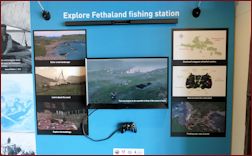 Fethaland is not a particularly easy place to access and, through time, many of the buildings have deteriorated so this virtual tour offers a look into the past. It is ideal for those who want to visit the area and have an idea of what to expect, or those who have already visited and want to learn more about what they saw.
Fethaland is not a particularly easy place to access and, through time, many of the buildings have deteriorated so this virtual tour offers a look into the past. It is ideal for those who want to visit the area and have an idea of what to expect, or those who have already visited and want to learn more about what they saw.
Curator, Ian Tait, said “This is a great way to explore the historic landscape of Fethaland in a way that really helps you understand what’s there and the significance of the site. It gives context to the artefacts from the area which are displayed alongside the interactive device. We’re very grateful to St Andrew’s University for their help and input with this project as we wouldn’t have been able to create this without them and it really is a superb asset to our visitor experience.”
